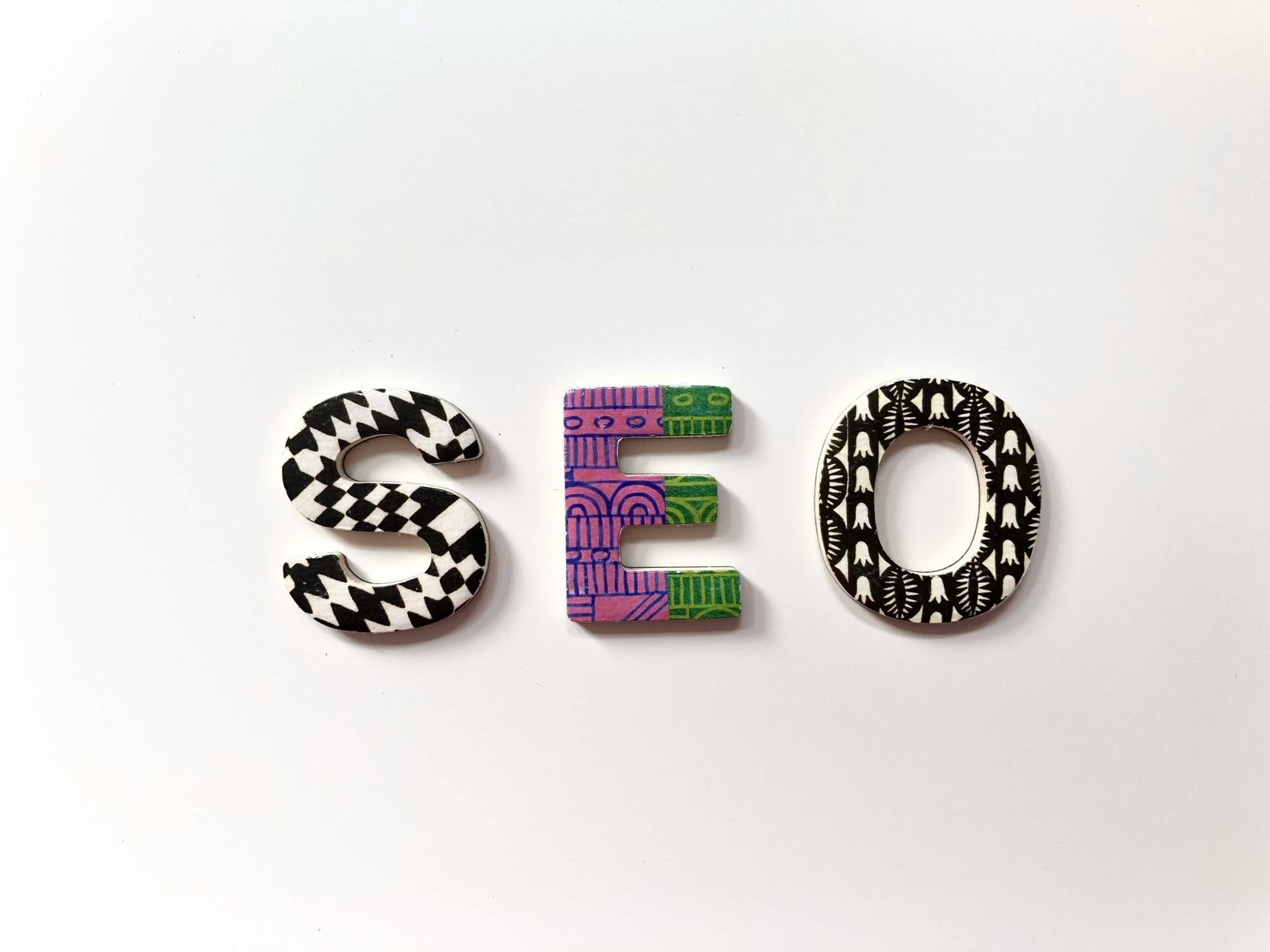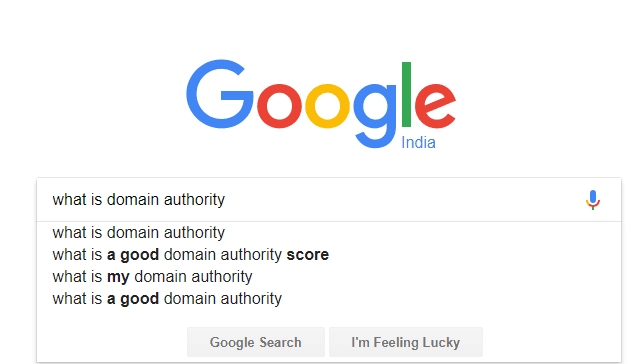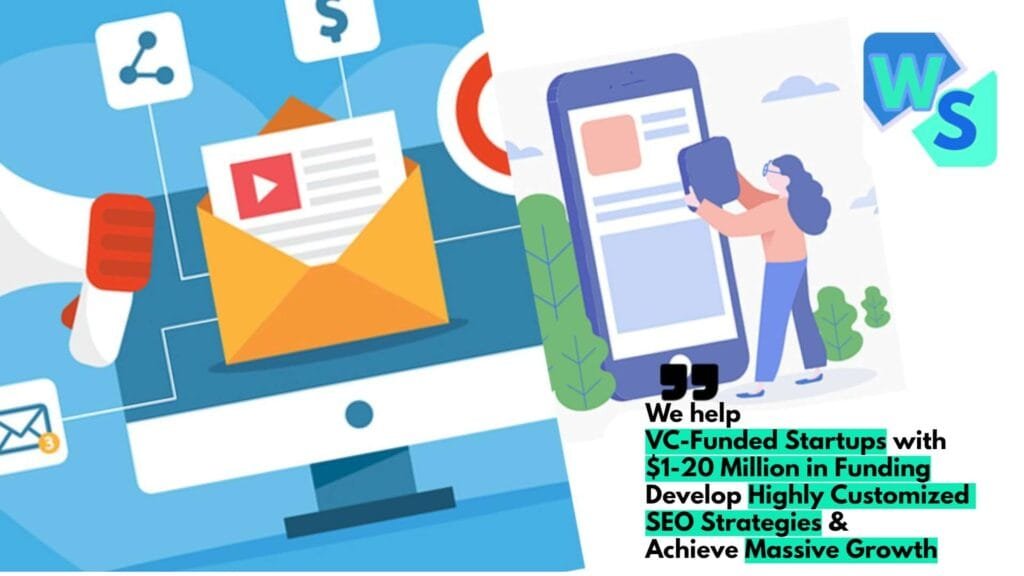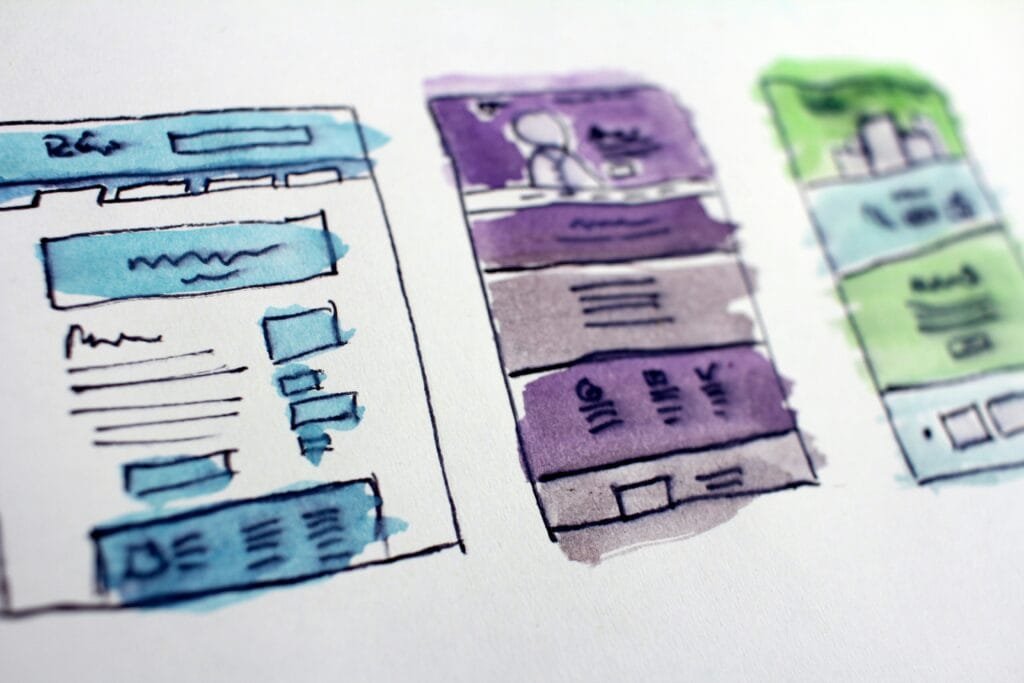AI Marketing Overview
Importance of AI in Marketing
Artificial intelligence (AI) is shaking up how marketing works. By 2030, AI’s expected to add over $15 trillion to the global economy and give local economies a hefty 26% boost (IBM). Think of AI marketing as the mix of slick tech like data gathering, analytics, natural language understanding, and machine learning to pull out great insights about customers and make solid marketing choices on autopilot. These tools are getting more common to spin content, make customer experiences better, and nail marketing campaigns with accuracy (IBM).
Using AI in marketing strategies helps businesses hit their target like a dart on a bullseye, squeezing the most out of their efforts and cash. AI crunches lots of numbers to tailor messages just right for how customers think and what they like.
Benefits of AI Marketing Solutions
AI marketing options serve up a bunch of pluses for businesses, envigorating their marketing and keeping the rules about privacy in check. Companies need to handle customer info the right way, keeping it safe and sound while training their AI to dodge big fines.
Here’s why AI marketing solutions rock:
| Benefit | Description |
|---|---|
| Better Efficiency | AI takes care of the boring stuff, freeing marketers to dream up great strategies and bright ideas. |
| Enhanced Data Collection | AI gathers and crunches massive chunks of data that old-school ways can’t handle. |
| Fewer Mistakes | Automation means fewer oopsies, making campaigns and messages more spot-on. |
| Better Customer Experiences | Personalized chats boost how happy and loyal customers are. |
| Higher Marketing ROI | Smarter processes and better aim pay back bigger bucks on marketing spends. |
To wrap it up, blending in AI marketing solutions can rev up how well a business works, keeps customers engaged, and pumps up marketing’s overall punch for businesses eyeing growth and smashing success. If you want more on how AI can up your marketing game, check out our resources on AI for market research, AI marketing tools, and AI for lead generation.
AI Customer Segmentation
AI customer segmentation has become a cornerstone in marketing today. Forget old-school methods; using AI lets businesses truly understand what makes their customers tick, turning basic data into marketing magic.
Precision and Dynamism
With AI, customer segmentation is precise and super fast. While traditional ways might have relied on broad categories and wild guesses, AI steps up the game by digging into detailed patterns and personal nuances. Businesses can now react in a flash to market or audience mood swings (Pecan).
Here’s what AI segmentation brings to the table:
| Benefit | What It Means |
|---|---|
| Laser-Like Focus | More spot-on customer categories thanks to smart tools. |
| Quick Adjustments | Changes in buyer habits are tracked instantly. |
| Better Results | Marketing that’s exact brings in the bucks. |
| Improved Numbers | Better stats on click rates, sales conversions, and keeping customers around. |
By weaving AI and machine learning into segmentation, businesses fine-tune tactics and edge out rivals. Marketers can tweak their campaigns on the fly, making sure the message hits home. To dive deeper into this, see our article on AI marketing tools.
Predictive Capabilities
AI’s predictive power in customer segmentation gives businesses a clear view ahead, analyzing old trends to foresee what buyers might do next. This forward-thinking approach helps anticipate shifts, so companies stay one step ahead (LinkedIn).
Reasons to use AI’s crystal ball in customer dealings:
| Benefit | What It Does |
|---|---|
| Forward Thinking | Gives a heads up on what customers might want. |
| Tailored Messages | Crafts marketing for the right crowd. |
| Stronger Relationships | Keeps customers coming back using smart insights. |
Leveraging AI in segmentation enriches customer experiences, allowing companies to keep pace with changing consumer needs and level up their marketing game. If you want to explore how AI boosts marketing strategies even more, check out our piece on Predictive analytics in marketing.
Real-World Applications
AI marketing solutions are like a secret weapon businesses use to supercharge their strategies. They’re getting smarter and more helpful every day, helping companies with stuff like figuring out which customers might ditch them and who’s their money-maker over time. All this magic happens thanks to fancy algorithms that help make choices that count.
Predicting Customer Churn
This tech is like having a crystal ball, showing which customers might just up and leave. By keeping a close eye on patterns in how folks act and interact, AI can give you a heads up about who’s likely to bail. That means businesses can jump in with smart moves to keep those customers from walking out the door and keep them coming back.
Companies that get on board with these tools can craft special plans to hang onto their customers. Maybe that’s shooting out personalized offers or a well-timed note to customers flagged as “at-risk” of leaving.
| Churn Prediction Method | Accuracy (%) |
|---|---|
| Machine Learning Systems | 85-95 |
| Old-School Stats Techniques | 70-80 |
Using these predictions can help businesses slice and dice their customer base, so their marketing hits the right folks, especially those on the fence. Want to dig deeper into this predictive mojo? Check out our predictive analytics in marketing page.
Assessing Lifetime Value
AI also helps in figuring out what a customer’s worth over time (yes, that’s CLV). Knowing someone’s value helps businesses make smart calls on where to put their marketing bucks and how to spread out their efforts.
AI can fine-tune CLV estimates by using all sorts of past purchase data and customer hang-outs, keeping things fresh and relevant. By getting a solid handle on CLV, companies can spot those golden customers and pivot their strategies to roll out the red carpet for them.
| Customer Group | Average Lifetime Value ($) |
|---|---|
| Loyal Folks | $3,500 |
| Possible Jumpers | $1,200 |
| New Faces | $800 |
Getting spot-on with CLV checks helps businesses focus their energies on customer groups that are a win-win. Curious about how AI is mixing things up in customer world? Swing by our ai for market research and ai-driven customer insights pages.
The Future of AI in Marketing
AI is shaking things up in marketing, making waves that are both exciting and game-changing. Let’s see how AI is shifting marketing gears and the tech that’s dialing it up.
Economic Impact of AI
AI is poised to supercharge the economic landscape. Predictions are flying that by 2030, AI might add over $15 trillion to the global economy. That’s some serious coin! And local economies could see a 26% bump. It’s clear: AI isn’t just a tech trend but a powerful economic engine.
Currently pegged around $142.3 billion in 2024, the AI market is set to skyrocket—possibly hitting half a trillion dollars and racing toward $1.5 trillion by 2030 (DataFeedWatch). It’s raining cash for AI start-ups, fueling a boom that’s hard to ignore.
| Year | Global AI Market Value (USD) | Projected Growth |
|---|---|---|
| 2024 | 142.3 billion | – |
| 2024 | 500 billion (projected) | – |
| 2030 | 1.5 trillion (projected) | 10x from 2024 |
Companies have latched onto AI big time—demand growing 270% over four years. It’s digging its digital fingers into every sector, offering a chance for marketers to really get inside the minds of consumers and finesse their tactics (eLearning Industry).
Evolving Technologies in AI Marketing
AI’s marriage with marketing is making quite the splash—new tech is constantly bubbling up, turning what was once only imaginable into reality. With AI, businesses can peek into future trends and consumer whims, letting them tweak their game plans ahead of the competition (Florida International University).
Smarter tools like predictive analytics and machine learning are stealing the spotlight. They’re helping marketing masterminds make tight strategies that really hit home. AI-driven insights are shaping personalized experiences—building customer ties stronger than super glue.
Automation is now a bloodhound sniffing out efficiency, unchaining marketing teams from cumbersome tasks to focus on creativity. Leveraging marketing analytics tools brings precision that cuts through the noise, crafting campaigns with impact.
This tech ride is far from over, promising customer delight and business growth. AI’s future in marketing is teeming with new tricks and insights, ready to turbocharge efforts and solidify long-lasting wins in a world that doesn’t slow down.
Challenges and Solutions
Jumping into AI marketing sounds like a no-brainer, but it’s got its hurdles. The main roadblocks? Crummy data and keeping customer info under wraps.
Data Quality and Relevance
AI marketing tools are like sponges, soaking up any data you feed them. Crummy data means you’ll get crummy strategies, like trying to sell snow to Eskimos. Old or repeated info? It can totally throw your AI off its game, making it miss the target completely.
Luckily, AI itself is pretty good at spotting when something doesn’t look right. When AI gets its act together, it can clean up data and make sure it’s fresh and trustworthy.
| Problem with Data | The Fix |
|---|---|
| Double entries | Use AI to clean up your lists |
| Old news | Keep on top of updates and checks |
| Wrong groupings | Train AI regularly on quality data |
Nail the data, and you’re golden. Better data, better decisions, better returns.
Privacy and Security Concerns
When you’re dealing with customer goldmines of data, keeping it safe is a biggie. Forgetting to play by the rules can end up costing big bucks. The tricky part? Keeping customer info safe while letting AI do its thing (IBM).
But don’t sweat it; there are ways around this. Stick to the privacy laws, be open with your customers and crack down on data security. Good encryption, regular checks, and clear plans can make a world of difference.
| Security Worry | Solution |
|---|---|
| Data leaks | Use strong encryption techniques |
| Breaking the law | Do frequent checks and train up everyone |
| Gaining trust | Be open about how their data’s used |
Focus on keeping data locked down, and you’ll get your customers’ trust, plus you’ll make your AI marketing shine. Check out more tips on making customer interactions pop in our piece on AI for customer engagement.
Boosting Customer Experiences
Plugging AI into your business strategy can give your customer experience a real upgrade. With some techno magic, you can roll out content that hits the bullseye for each customer and keep things running smooth as a greased weasel.
Tailor-Made Content Delivery
AI marketing is like a wizard for making things personal. Using cool AI tools, businesses can whip up ads that hit the mark, shoot off emails crafted just for you, and even cook up quizzes to keep folks engaged. This kind of one-on-one approach really speaks to people, making them more likely to stick around and even buy more.
Check out how AI spices up personalization:
| Enhanced Content | What It Does |
|---|---|
| Spot-On Ads | Tweaks ads to your habits and likes |
| Tailored Emails | Crafts emails with what you’ve done and who you are in mind |
| Fun Quizzes | Keeps it fun and all about you |
Rolling with these tactics can boost how cozy customers feel with your brand, keeping them keen and happy.
Cutting Down Mistakes, Boosting Smoothness
AI doesn’t just look pretty—it gets stuff done without screwing up. It’s like having a super-efficient robot assistant for managing data entry and analysis, making marketing efforts smarter and sharper (Mailchimp). Good data means better decisions and spot-on marketing stints.
When businesses use AI to its full potential, they can see:
- A sweet boost to marketing returns.
- Smoother, better data handling.
- Fewer mess-ups during campaigns.
These perks can help save both cash and time, while giving customers a top-shelf experience. For more cool stuff on AI, check out personalizing with AI in marketing and AI-powered digital marketing.
Market Trends and Behavior
AI marketing tools are changing the game for businesses, helping them peek into future market vibes and how folks shop. With these tricks up their sleeve, companies can tweak their game plans ahead of time.
Predictive Analytics
In the marketing playbook, predictive analytics is like a psychic friend. By digging into past data, AI can give businesses a heads up on what people might want to buy next and their trends. This kind of insight sharpens marketing tactics and helps campaigns hit the bullseye (LinkedIn).
Companies using predictive analytics can make power moves when it comes to deciding on new products and advertising methods. AI gives ’em the edge by feeding them market trends to act on before their rivals even see ’em coming.
| What AI Checks Out | How It Helps |
|---|---|
| Likes & Needs | Better-targeted ads |
| Shopping Habits | Predicts sales ahead of time |
| Engagement Reads | Personalizes how companies talk to customers |
Anticipating Future Needs
Guessing what customers will want tomorrow? That’s the magic of AI. It digs into the numbers to see how factors like seasons, money matters, and changing tastes impact decisions. With this foresight, businesses whip up strategies that are always one step ahead (Florida International University).
AI tools that break customers into groups based on shopping history are another piece of the puzzle. This info helps businesses find the most promising crowds and put their money where it’ll do the most good.
Being clued in on trends with AI doesn’t just mean better customer connections—it’s what keeps businesses nimble and different from the rest. If you’re hungry for more AI marketing know-how, check out topics like AI marketing trends and AI-driven marketing campaigns.
Successful Implementation Strategies
Diving into the world of AI marketing is like jumping on a turbo-charged express train that can take your organization to new heights. Deploying these advanced tools might seem daunting at first, but with a solid game plan, the rewards are worth it. Understanding the different strategies and resources available is your ticket to growth and efficiency.
Strategic Utilization of AI
Organizations betting on clever AI marketing tools are reaping big-time perks, like sparking more customer chatter and trimming down clunky operations. Regardless of budget size, a well-thought-out strategy is key to effectively bringing AI into your marketing game. Figuring out what you want to accomplish and how to measure your progress is crucial.
When playing with AI marketing, keep these in mind:
- Defining Objectives: Pin down what you want from AI, such as getting to know your customers better, cranking out content like a machine, or boosting the number of warm leads knocking on your door.
- Selecting the Right Tools: Pick AI gadgets that fit snugly with your objectives. With the right set of tools, you can truly make magic happen.
- Monitoring and Adjusting: Don’t let your AI initiatives run wild. Keep an eye on them and use analytics to make sense of the data, tweaking your strategies to stay on track.
| Implementation Step | Description |
|---|---|
| Define Objectives | Nail down your goals for using AI in marketing. |
| Select Tools | Get the tools that best match your goals. |
| Monitor Performance | Measure success and pivot as needed. |
Free and Low-Cost AI Tools
Who says you gotta have deep pockets for AI? There’s a slew of free and wallet-friendly AI tools that can amp up your marketing without breaking the bank. These savvy tools offer features that punch well above their weight, making it possible for businesses to dive into AI without the sticker shock.
Check out these budget-friendly picks:
- Mailchimp: Uses AI to jazz up your email marketing, from sorting data to sharpening your targeting mojo.
- Canva: Handy templates get a boost from AI, making content creation a breeze.
- HubSpot: This platform uses AI to dig deep into customer insights and dish out spot-on recommendations.
Grabbing these tools lets businesses tap into AI marketing with less risk and less moolah, yet packs a punch with things like creative content crafting and boosting your social media mojo. By getting cozy with these options, you can upgrade your marketing effectiveness and get folks chatting about your brand.





















